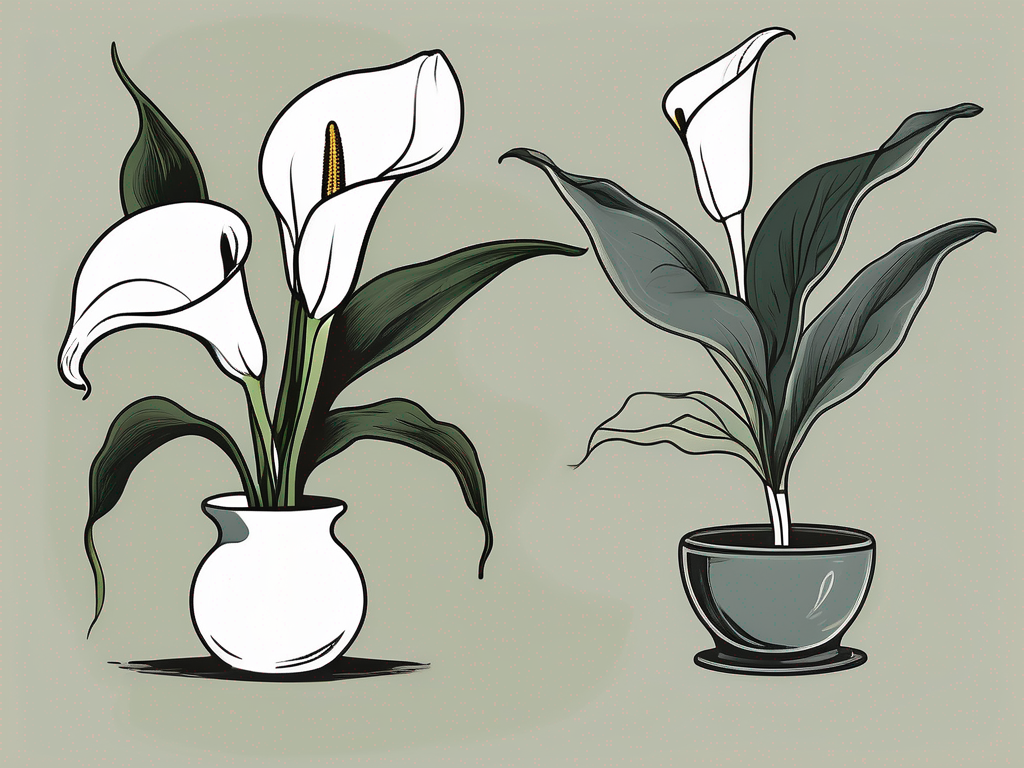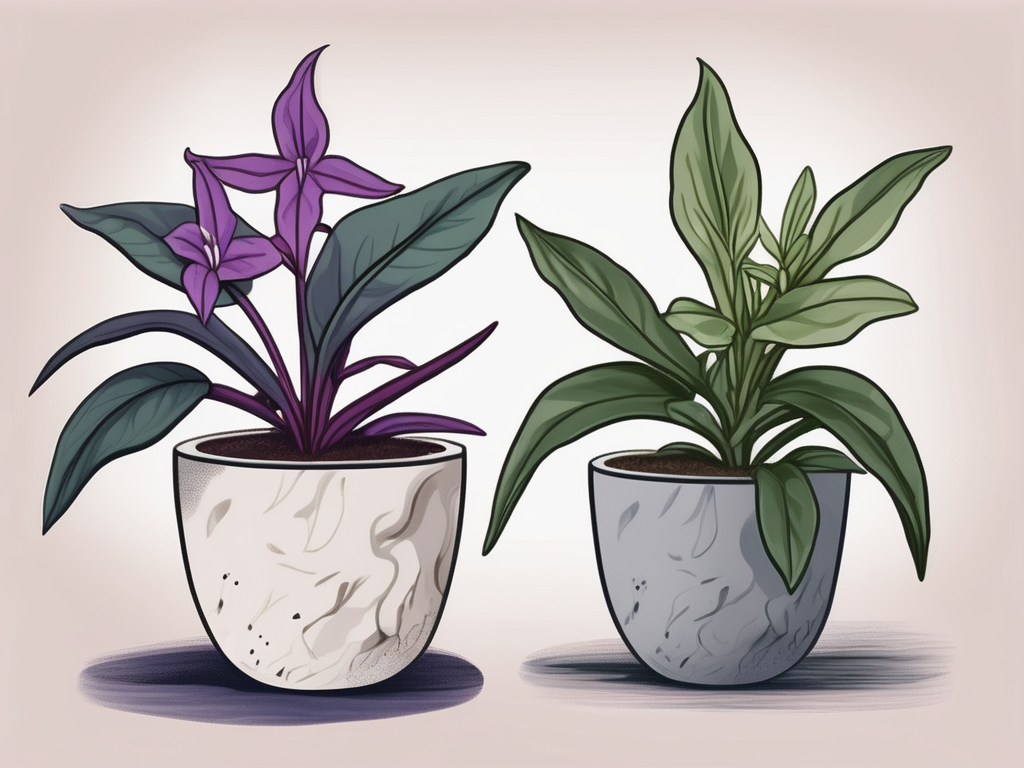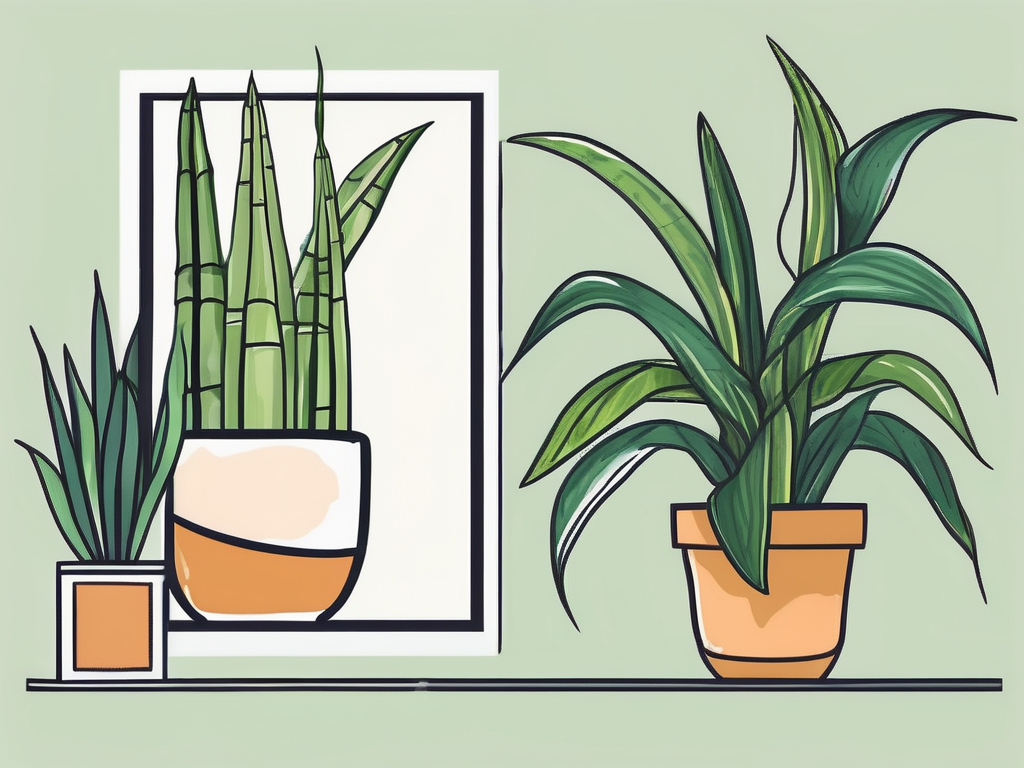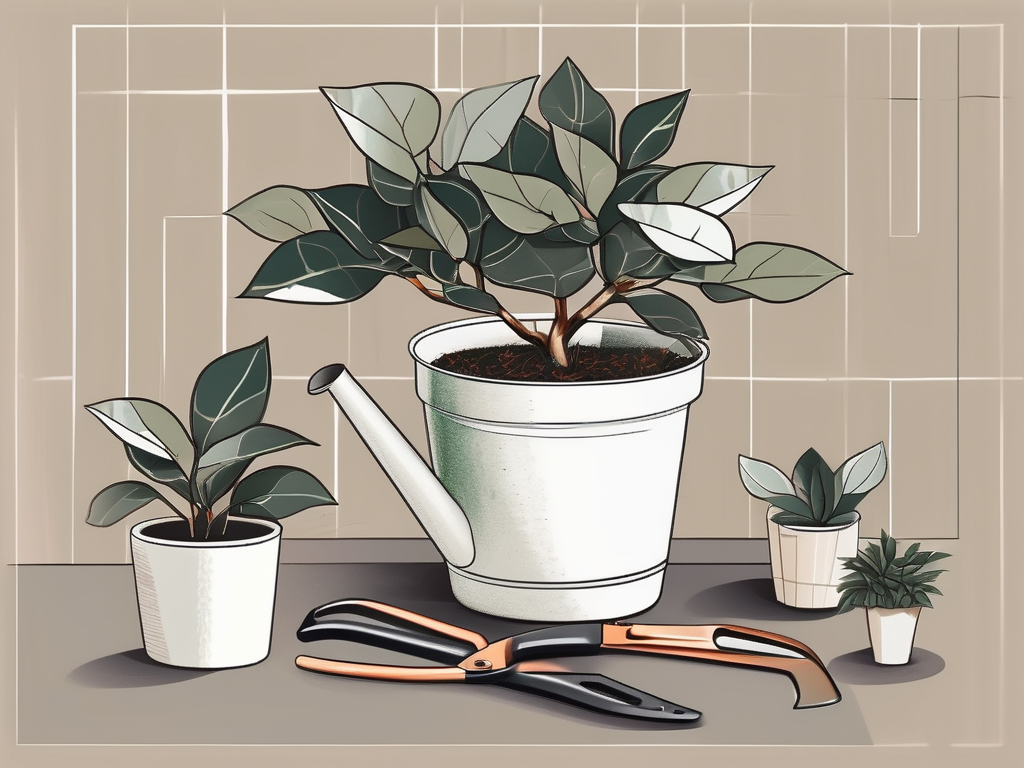
Ah, the Monstera Variegata—a plant that captures the hearts of many with its striking white and green leaves. Whether you're a seasoned plant parent or just starting your journey, this beauty adds a touch of elegance to any space. But caring for it can sometimes feel like a dance with nature, balancing light, water, and patience.
In this guide, we'll chat about everything you need to know to keep your Monstera Variegata thriving. From light conditions and watering tips to dealing with pests and incorporating it into your home decor, we've got you covered. So, let's get started and turn your plant care routine into an enjoyable, rewarding experience!
Understanding Monstera Variegata's Unique Needs
The Monstera Variegata is a bit of a diva, but that's precisely why we love it. Its variegated leaves are not only eye-catching but also require specific care to maintain their beauty. The white parts of the leaves lack chlorophyll, which means they can't photosynthesize. This makes the plant a little more sensitive to light and water than its all-green relatives.
First things first, lighting. Your Monstera Variegata will crave bright, indirect sunlight. You don't want to scorch those beautiful leaves, so avoid direct sunlight, especially during peak hours. A spot near a north or east-facing window is usually ideal. You can even use sheer curtains to diffuse the light if necessary.
Now, let's talk about watering. It's a bit of a balancing act. The key is to let the top inch or two of soil dry out between waterings. During the growing season—spring and summer—you might need to water it once a week. But in fall and winter, you can scale back to every couple of weeks. Always check the soil moisture with your finger before watering.
Temperature and humidity also play a role in your plant's happiness. Monstera Variegata prefers temperatures between 65°F and 85°F (18°C to 29°C). It loves humidity, so aim for around 60% or higher if you can. If your home is dry, consider placing a humidifier nearby or grouping it with other plants to create a humid microclimate.
Choosing the Right Soil and Pot
Getting the right soil mix is like setting the stage for a great performance. Your Monstera Variegata needs well-draining soil to prevent root rot. A good mix often includes peat moss, perlite, and pine bark. You can also include some orchid bark for extra aeration. The goal is a light, airy soil that allows water to flow through but retains enough moisture for the roots.
When it comes to pots, drainage holes are a must. You can go for a terracotta pot if you want the soil to dry out faster, which is great if you tend to overwater. A plastic pot, on the other hand, retains moisture better, which can be handy in drier environments. The size of the pot matters too—choose one that allows for a bit of growth but isn't overwhelmingly large.
Every couple of years, you might find that your Monstera Variegata has outgrown its pot. Repotting is a chance to refresh the soil and give the roots more room to breathe. Wait until early spring to do this, when the plant is starting to grow again. Gently remove it from its pot, shake off excess soil, and then place it in a new pot with fresh soil. Be careful not to damage the roots in the process.
Watering Wisely
We've touched on watering, but it's worth diving a bit deeper because it's so crucial to your plant's health. Overwatering is one of the most common mistakes, and it's easy to do with a plant that looks thirsty but isn't. To avoid this, remember that the top inch or two of soil should be dry before you water again.
Here's a little trick: lift your pot before and after watering. You'll get a feel for how heavy it is when it's dry versus when it's watered. This can be a handy, non-invasive way to judge soil moisture. Another option is to use a moisture meter, which gives you a more precise reading without guesswork.
When you do water, do so thoroughly. Allow the water to run through the pot and out the drainage holes. This ensures the roots are evenly hydrated and helps flush out any salt build-up from fertilizers. If you notice water pooling on the surface, it might be a sign that the soil is compacted or that the drainage is insufficient, and it might be time to repot.
Feeding Your Monstera Variegata
Feeding your Monstera Variegata is like giving it a little boost of energy. During the growing season, from spring to early fall, a balanced liquid fertilizer every month or so can help it thrive. Look for a 20-20-20 fertilizer or something similar, and dilute it to half strength to avoid over-fertilizing.
It's best to fertilize when the soil is already moist, as this prevents the roots from burning. So, you might water your plant first, then follow up with the diluted fertilizer. In the cooler months, like fall and winter, your plant will slow down its growth, so you can pause the feeding altogether. It's a chance for your Monstera Variegata to rest and recover.
If you're into organic options, consider using worm castings or compost tea. These provide a gentle, slow-release nutrient source that is kinder to your plant and better for the environment. Just mix them into the top layer of soil, and let them do their magic!
Pruning and Propagating
Pruning might sound intimidating, but it's really just a fancy word for giving your plant a haircut. It helps keep your Monstera Variegata looking neat and encourages new growth. Use clean, sharp scissors and cut just above a node—these are the bumps where leaves and roots grow.
If you notice yellowing or damaged leaves, snip them off to keep the plant healthy. And if your plant gets a bit too leggy, you can prune back to encourage bushier growth. Plus, it's a great time to propagate! Simply cut a stem with at least one node and a healthy leaf, then place it in water or directly into soil.
Propagation is like multiplying your plant family. Keep the cutting in a warm, bright spot, and change the water every week if you're propagating in water. After a few weeks, roots will start to appear. Once they're a couple of inches long, you can plant the cutting in soil. It's not only rewarding but also a thoughtful gift for fellow plant lovers!
Dealing with Pests and Problems
No one likes to talk about pests, but they're a reality of plant parenting. Monstera Variegata isn't immune, but with a little vigilance, you can keep them at bay. Common pests include spider mites, mealybugs, and scale. The first step is to inspect your plant regularly, especially under the leaves and around the stems.
If you spot a pest, isolation is key to prevent it from spreading to other plants. Use a gentle insecticidal soap or neem oil to treat the affected areas. You can also create a DIY solution with a mix of water and dish soap. Spray the plant thoroughly and repeat every week until the pests are gone.
Other issues might include yellowing leaves, which can indicate overwatering, or brown tips, which often signal low humidity. Adjust your care routine accordingly, and your plant should bounce back. And remember, a little imperfection is natural and part of the journey!
Incorporating Monstera Variegata into Your Home
Your Monstera Variegata is not just a plant—it's a piece of living art. Its striking appearance can complement any decor style, from modern minimalism to boho chic. Consider placing it in a decorative pot that matches your interior design, or even elevate it on a plant stand to make a statement.
Its trailing growth makes it a perfect candidate for a hanging basket or a tall shelf. If you have a larger plant, let it climb a moss pole or trellis. This not only supports its growth but also adds vertical interest to your space. Just make sure it's in a spot with plenty of bright, indirect light.
Think about pairing it with other plants that have different leaf shapes and colors. This creates a dynamic, visually interesting display. Or, for a more cohesive look, group it with other variegated varieties. The possibilities are endless, and experimenting is half the fun!
Seasonal Care and Adjustments
Just like us, plants go through different phases throughout the year. Understanding these changes can help you fine-tune your care routine. In spring and summer, your Monstera Variegata will be in its growth phase. This is the time to water more frequently, fertilize, and maybe even repot if needed.
As fall approaches, growth will slow, and you can start reducing water and fertilizer. This is also a good time to check for pests and tidy up any dead leaves. In winter, your plant will likely go dormant, requiring less water and no feeding. It's a period of rest, so be patient and let it recharge.
Remember, each plant is unique, and what works for one might not work for another. Keep an eye on its signals, like drooping leaves or slow growth, and adjust your care accordingly. It's a learning process, and with time, you'll develop a rhythm that works for both you and your plant.
Final Thoughts
Caring for a Monstera Variegata is a delightful journey filled with learning and growth. From understanding its love for bright, indirect light to mastering the art of watering and feeding, you now have the tools to keep your plant thriving. Remember, a little patience and attention go a long way!
At Cafe Planta, we love sharing our passion for plants with you. Whether you need advice or want to explore our collection of houseplants, we're here to help. Feel free to email us or send a DM on Instagram. Let's grow together, connect with nature, and create beautiful spaces in our homes!
























